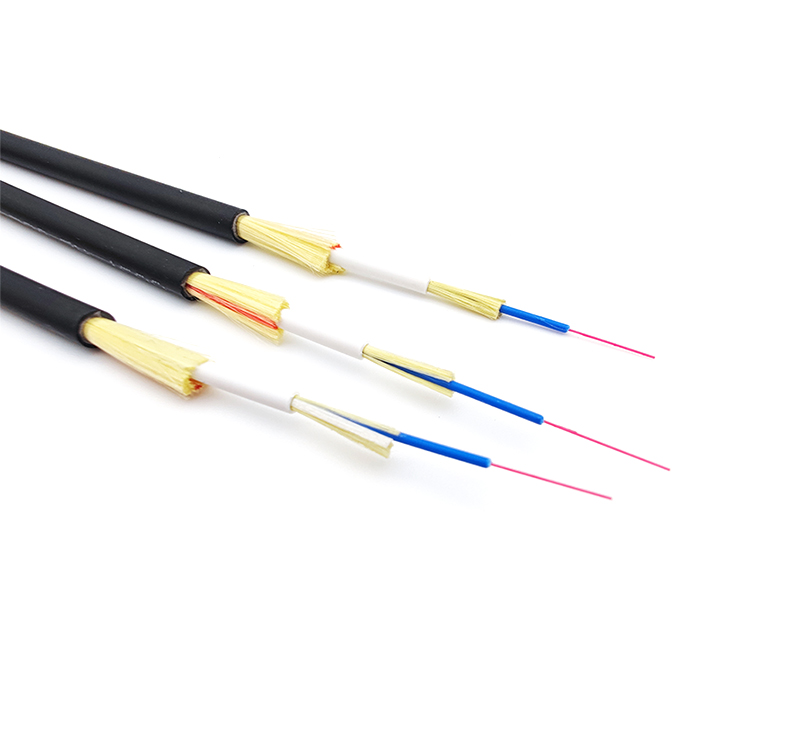There is no distinction between pros and cons.
Compatible with past USB 2.0, 3.0 and future USB specifications, supports 10,000 times of plugging and unplugging, and supports 3C product charging (if you need to use the high-current function developed by USB 3.1 PD, it is necessary to use Type C and special cables, and the original Type A/B cannot be achieved), the USB interface (Type A, B, etc.) that everyone talks about in daily life, and the USB Type C interface that will unify the world in the future, all belong to the interface. Physical specifications, while USB2.0, USB3.0, USB3.1, etc., are related communication protocols.
USB Type-C This is a new connector specification developed by the USB Association. Because USB Type-C was released along with USB3.1, many people mistakenly believe that USB3.1 must be connected with USB Type-C cables. To achieve 10Gb/s performance, some people write USB Type-C as USB3.1 Type-C, which is not correct.

The number of connection lines used by USB3.0 and USB3.1 can be the same, so the performance of 10Gb/s can be achieved by using the transmission line of USB3.0. Let’s take a look at the instructions provided by the specification below:
Of course, the faster the speed, the higher the quality requirements of the cables. When you use USB3.1 products, please try to use cables provided by major manufacturers to avoid using cables with poor quality, resulting in the situation that the performance cannot be improved, especially some Full-featured HUB products for transfer (Dongguan Zhongding Electronics Co., Ltd.'s GEN2 high-speed wire of 3.1 specification can be recommended, of course, you can refer to our supply chain information for more information: [Industry Sharing: High-frequency wire production supply chain]) ,USB Type-C connector (connector) can also be used in the connection and transmission of USB3.0 and USB2.0. There are many products that have been used, such as mobile phones, tablet computers, etc.










